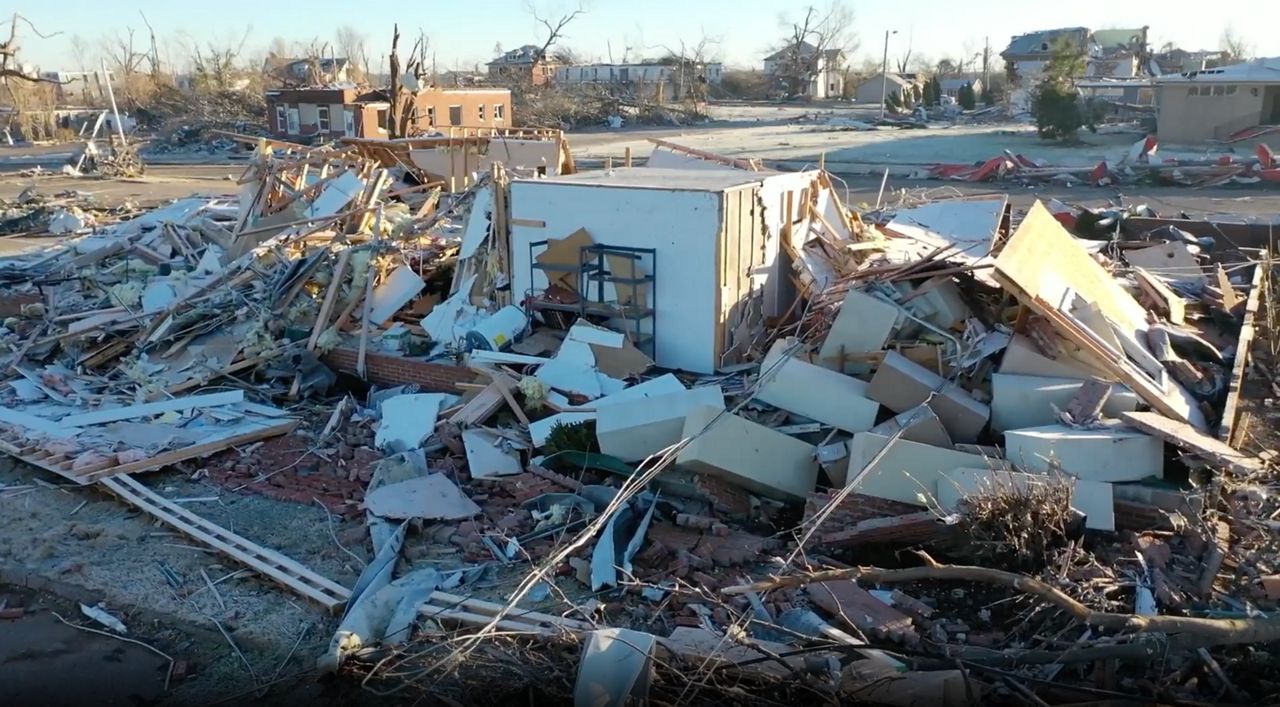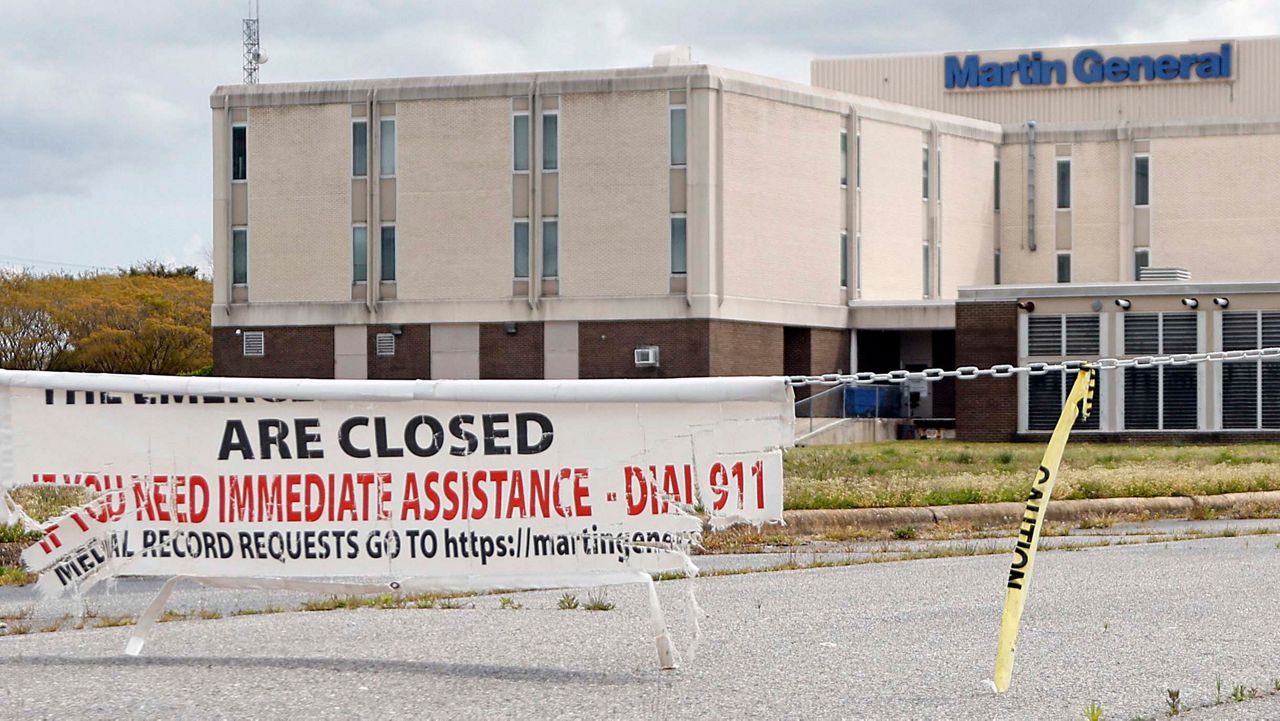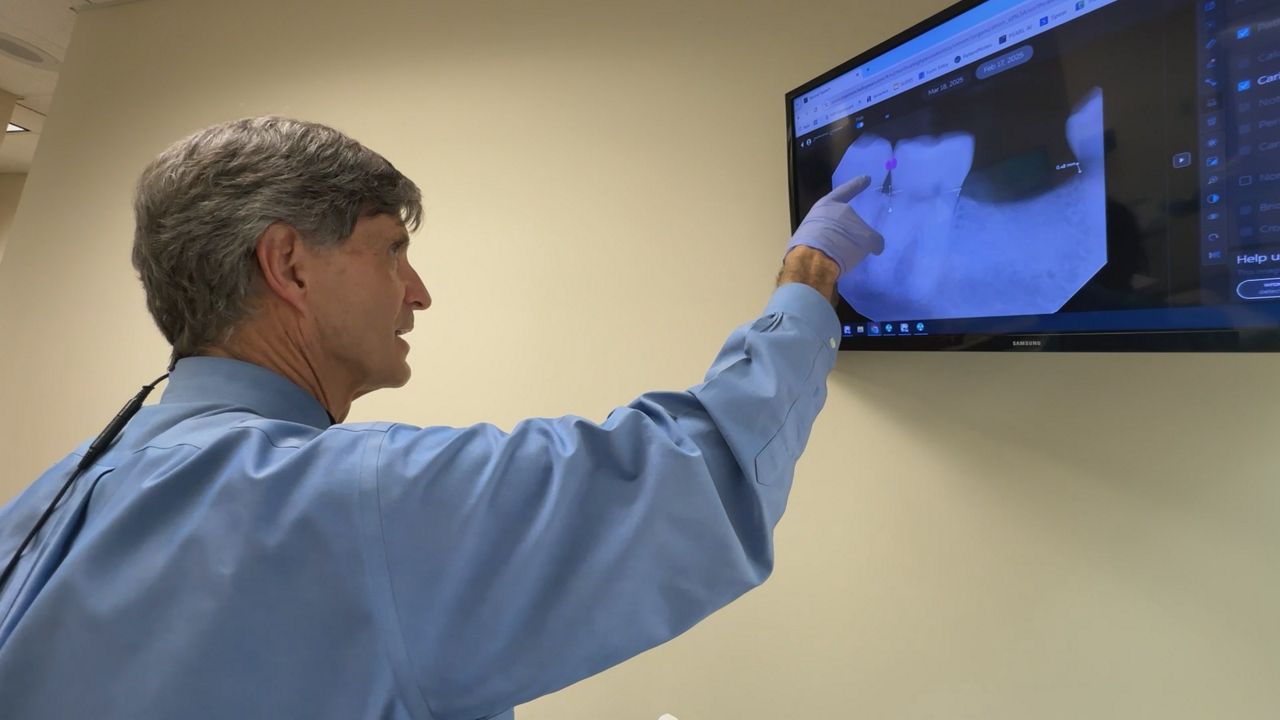CHAPEL HILL, N.C. — When the first student-athlete donates earnings from his name, image and likeness to the V Foundation for cancer research, it gets your attention.
The donation is helping fund simulated computer models of past clinical cancer trials to improve therapies moving forward.
“Life is bigger than basketball, and I just feel compelled to do something and give back to those who donate and help me,” Andrew Jones said.
Jones is a former standout guard at the University of Texas. The now German professional league basketball player has come a long way since overcoming leukemia. His battle with the disease inspired his donation.
What You Need To Know
- Dr. Adam Palmer received a grant from the V Foundation in 2020
- The funding was worth $200,000
- His work simulates computer models of past clinical cancer trials to improve therapies
- Most grant funding is biased towards older, more published researchers
Jones told Spectrum News 1 last fall about why it was important to him to give back.
“I understand that there's more people out there like me, and I know there's more people out there who don't have the resources and funds and may fail to get the proper treatment,” Jones said.
Jones embodies Jimmy Valvano’s "never give up" mentality.
Cancer stole the former N.C. State basketball coach from the world in the early 1990s. Yet his spirit lives on in the foundation named after him.
Donations to the V Foundation are only part of the game plan. Those dollars drive funding for cancer research in the Triangle’s backyard, like the work a scientist is doing at a lab at the University of North Carolina.
Dr. Adam Palmer and his team use thousands upon thousands of bits and pieces of patient data to simulate the range of effects current cancer therapies have between people. This ongoing effort is done in hopes of creating more effective treatments for non-Hodgkin lymphoma down the road.
The Australian came to America in 2007. He studies how well drug combinations, such as prescribed daily medicine and chemotherapy, collaborate to tackle this kind of cancer.
“When treatments are used in combination, sometimes they make their effects stronger and sometimes they combine and make their effects weaker,” Palmer said.
Non-Hodgkin lymphoma attacks the lymphatic system – a network of organs including the liver, spleen, thymus and lymph nodes.
Sometimes cancer cells are resistant to some medications on the market.
Traditional lab research remains key in the 21st century. This is why he still puts organisms the human eye cannot see under the microscope.
“We are looking at cells that have been genetically modified so that we can change the expression of any gene at will and then we can measure how that alters drug sensitivity,” Palmer said as he looked at a petri dish.
He believes he’s found a way to improve the quality of cancer screenings, detections and medicines.
The scientist uploads past clinical trials to computers and lets the artificial intelligence do the rest.
“We can now use computer simulations to forecast the results and predict which particular combinations of therapies for which particular types of cancer are most likely to be successful to improve survival,” Palmer said.“We can now use computer simulations to forecast the results and predict which particular combinations of therapies for which particular types of cancer are most likely to be successful to improve survival,” Palmer said.
A $200,000 grant from the V Foundation is making this all possible.
“It really focuses on giving initial support to new labs, pursuing new ideas, and it was key to have support from the V Foundation to get this whole new concept off the ground,” he said.
Winning grants in America can be intense. Older peers, who are more published, often receive the bulk of the funding. Palmer is rounding out his thirties but is young by grant approval standards.
A 2021 Journal of Clinical Investigation paper shows a preference for older researchers.
The authors study the background of winners awarded by the National Cancer Institute and they found the average age of their grant recipients to be about 45.
However, the age of a grant applicant is less likely to affect their approval from the V Foundation.
A major criterion for the V foundation is projecting the scientific benefit to society over time. A board of scientific experts reviews proposals. A spokesperson for the organization said these masterminds are looking for innovative potential. From there, that panel recommends the best applications for grants.
Palmer was awarded for a never-before tried methodology in the development of cancer therapies in 2020.
“The basic math of it was being developed in the 1960s and showed some power to predict clinical trial results even back then, and then was peculiarly abandoned for about 50 years,” Palmer said.
That was until the scientist gave the concept a try a few years ago.
“(We) dusted them off with modern computation and the most recent clinical data and found that it’s quite powerful,” Palmer said.
He said there is great potential to save countless lives and drastically reduce spending by lab teams everywhere.
Palmer hopes curing non-Hodgkin lymphoma happens during his lifetime.
“Work with clinicians to help design clinical trials most likely to succeed. The goal is to eliminate all cancer cells so that it never comes back,” he said.
The doctor said he will continue to work with clinicians to help design clinical trials most likely to succeed. Palmer said without receiving this money, their team may have spent years scraping by with only gradual progress.









